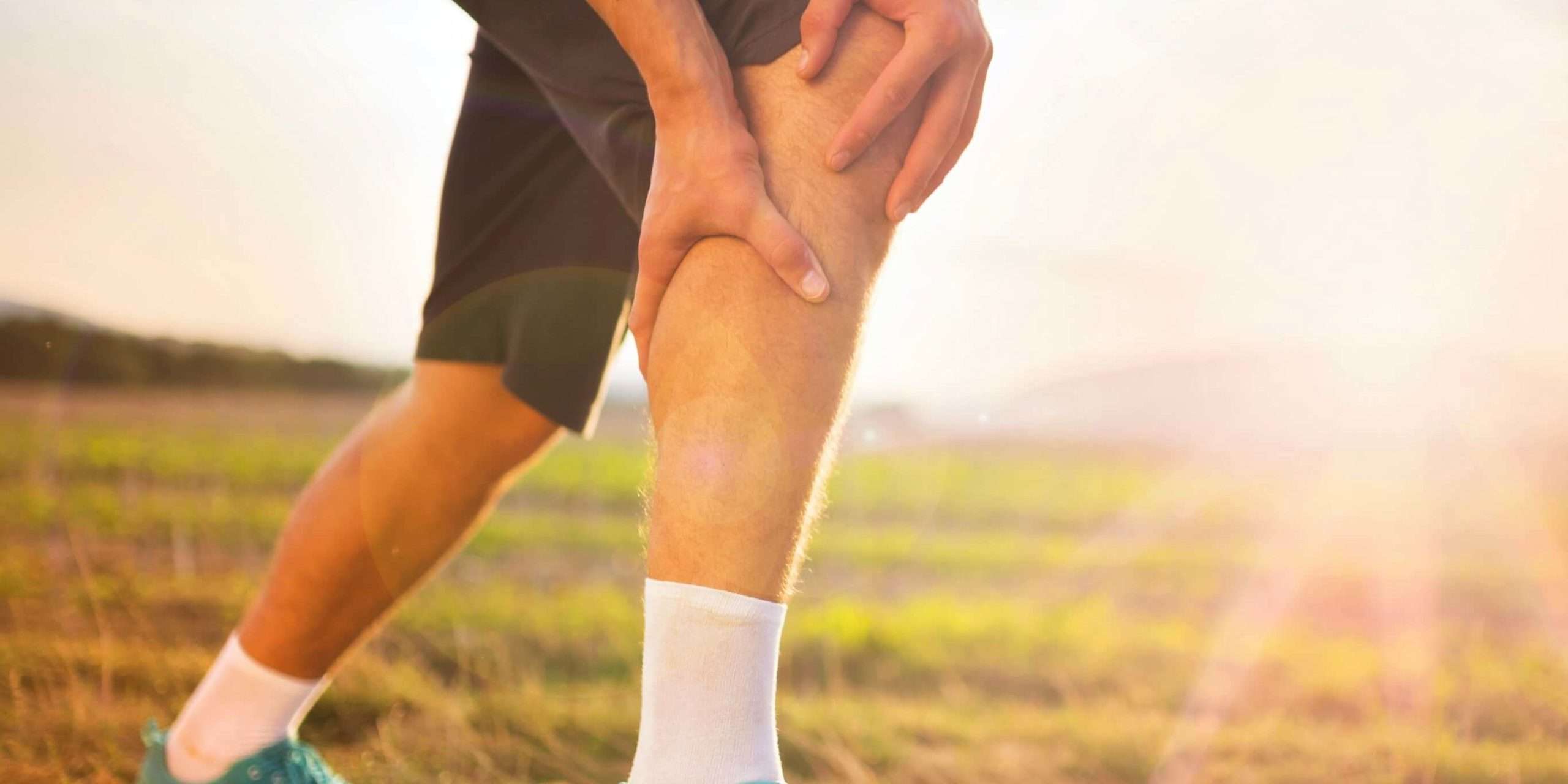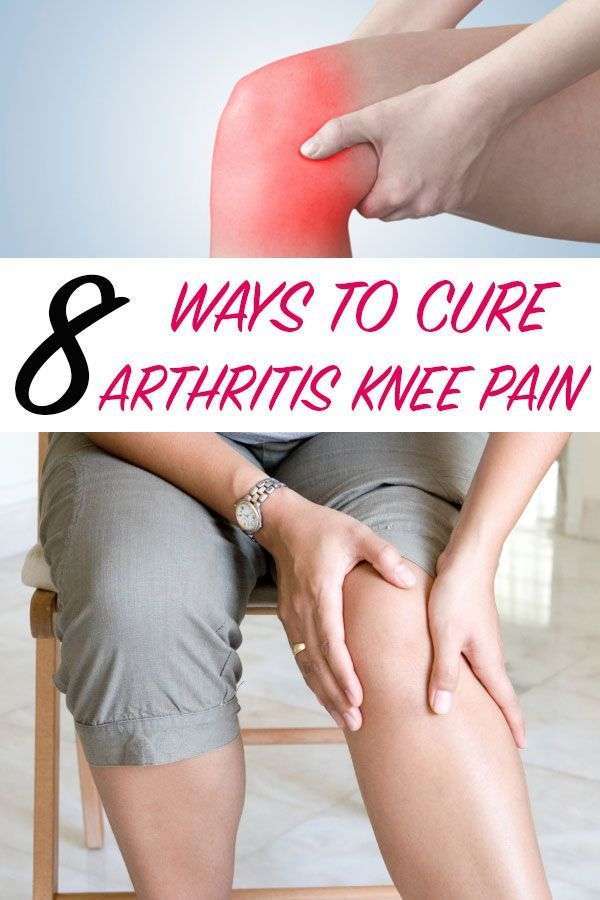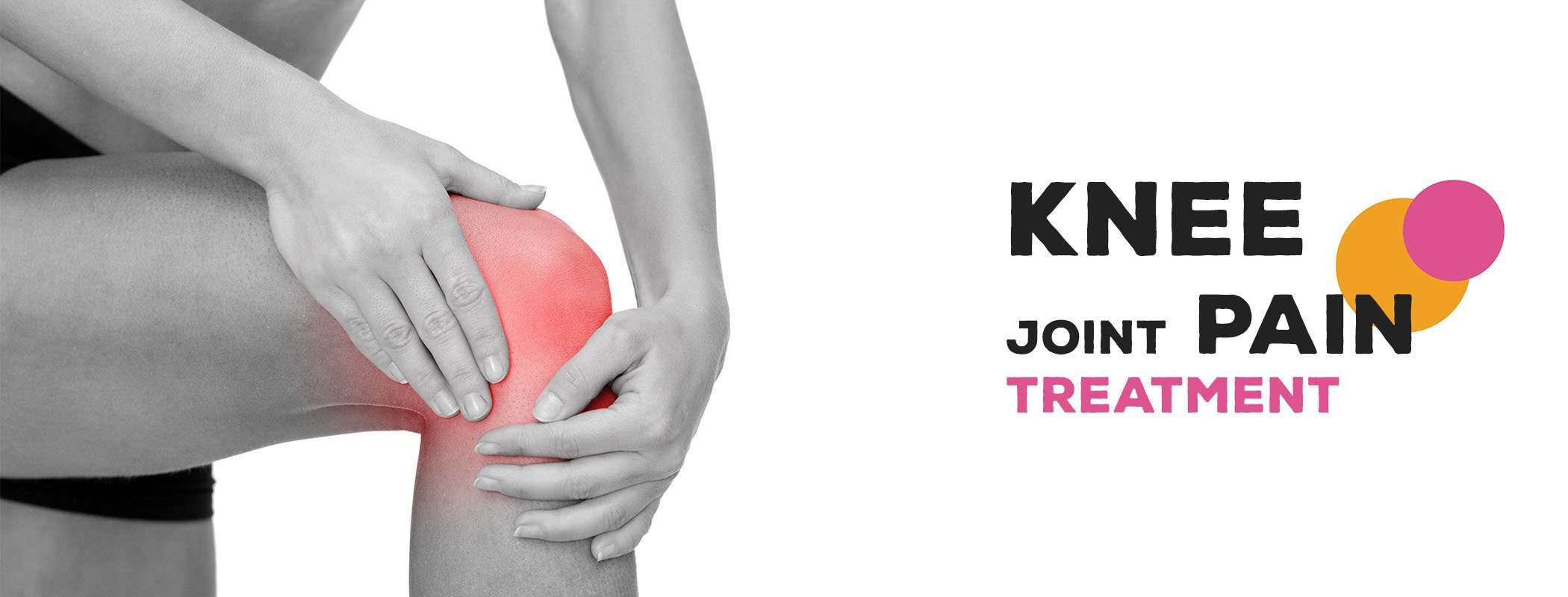Knee Exercise: Hamstring Curls
Strengthens the back of your thigh
- Stand behind a sturdy chair or next to a wall and hold on for balance.
- Bend your affected knee and raise your heel toward the ceiling as far as possible without pain.
- Hold this position for 5 seconds and then relax.
- Repeat for 3 sets of 10.
Tip: Flex your foot and keep your knees close together. As the exercise becomes easier, gradually increase the resistance by adding ankle weights in one-pound increments.
Using Exercise To Help Knee Arthritis
Exercises for arthritis including aerobics and strength exercises can reduce symptoms, increase balance, add joint motion and function, and aid in weight control. Your body relies on muscles to help motor joints, stated Dr. Johnson. For the knee, thats the quadriceps in the front of the thigh and hamstrings in the back. You cant cure arthritis or make it go away, but if you strengthen the muscles that support and stabilize the knee, you can take some of the stress load of weight-bearing or walking off a joint thats worn out and weakened from arthritis, and place it on the stronger muscle.
What Is A Joint And How Does It Work
A joint is where two or more bones meet, such as in the fingers, knees, and shoulders. Joints hold bones in place and allow them to move freely within limits.
Most of the joints in our body are surrounded by a strong capsule. The capsule is filled with a thick fluid that helps to lubricate the joint. These capsules hold our bones in place. They do this with the help of ligaments. These are a bit like very strong elastic bands.
The ends of the bones within a joint are lined with cartilage. This is a smooth but tough layer of tissue that allows bones to glide over one another as you move.
If we want to move a bone, our brain gives a signal to the muscle, which then pulls a tendon, and this is attached to the bone. Muscles therefore have an important role in supporting a joint.
Recommended Reading: Dcf Compression Knee Sleeve
Who Gets Osteoarthritis Of The Knee
Osteoarthritis is the most common type of arthritis. While it can occur even in young people, the chance of developing osteoarthritis rises after age 45. According to the Arthritis Foundation, more than 27 million people in the U.S. have osteoarthritis, with the knee being one of the most commonly affected areas. Women are more likely to have osteoarthritis than men.
Hot And Cold Treatments

Using either heat or cold treatments can reduce the stiffness and pain of arthritis.
Cold packs numb the sore area. They are especially good for severe joint pain and swelling caused by a flare . Heat treatments relax your muscles. You can use dry heat methods such as a heating pad or heat lamp or moist heat methods, such as a bath or hydrocollator pack.
Recommended Reading: How Do I Get Rid Of Fat Around My Knees
Articles On Knee Osteoarthritis
While age is a major risk factor for osteoarthritis of the knee, young people can get it, too. For some individuals, it may be hereditary. For others, osteoarthritis of the knee can result from injury or infection or even from being overweight. Here are answers to your questions about knee osteoarthritis, including how it’s treated and what you can do at home to ease the pain.
What Are The Stages Of Arthritis Of The Knee
There are five stages of osteoarthritis, the most common type of arthritis that affects your knees:
- Stage 0 . If youre at stage 0, your knees are healthy. You dont have arthritis of the knee.
- Stage 1 . Stage 1 means that youve got some wear and tear in your knee joint. You probably wont notice pain.
- Stage 2 . The mild stage is when you might start to feel pain and stiffness, but theres still enough cartilage to keep the bones from actually touching.
- Stage 3 . If youre at the moderate stage, youll have more pain, especially when running, walking, squatting, and kneeling. Youll likely notice it after long periods of rest . You’re probably in a great deal of pain because the cartilage has narrowed even further and there are many bone spurs.
- Stage 4 . Severe osteoarthritis means that the cartilage is almost gone. Your knee is stiff, painful and possibly immobile. You might need surgery.
Don’t Miss: How Much Does Aflac Pay For Knee Surgery
How Is Severe Osteoarthritis Diagnosed
Medical professionals can diagnose osteoarthritis in a number of ways but X-Rays and MRI machines are two of the more common methods. X-rays and MRIs are both used to help see the distance between the bones in the affected joint, and in the case of MRIs, the state of the cartilage. X-Rays are fantastic at producing images of bone by using light that is invisible to our eyes but can pass through skin and other soft tissue but cannot pass through bone. This effect is also why the cartilage cannot be seen in an X-ray so medical professionals will instead measure the space between the bones in the affected area. MRI Machines use powerful magnets that face different levels of resistance from the different materials in the body to deliver detailed slices of the observed area. These slices are high-resolution images that can show cartilage, bone and other types of tissue in much greater detail than an X-ray. MRIs are however much more costly so their use is much less common depending on the severity of the condition as well as access.
You May Like: Is Eggs Bad For Arthritis
Thermotherapy To Reduce Pain And Joint Stiffness
Thermotherapy refers to the use of temperature to ease symptoms. There are 3 types heat, cold, and contrast:
- Heat therapy can reduce pain and stiffness by increasing blood flow. This can also improve mobility for some people. Do this with a heating pad or warm compress, for 20 minutes at a time.
- Cold therapy also helps with inflammatory arthritis in general, whether its osteoarthritis or rheumatoid arthritis. Do this with cold compresses or a bag of frozen vegetables, for up to 20 minutes.
- Contrast therapy is a combination of both. 4 minutes of heat, followed by 2 minutes of cold, repeated 3 times.
Which one is better for knee OA: Hot, cold, or contrast?
In reality, the improvements in pain and function are very similar for the three of them. So, the best one is the one you like most.
Some people feel better with heat, others with cold, others with contrast. Try each one and stick to the modality that makes you feel better.
Also Check: Does Tommie Copper Knee Sleeve Work
Are There Downsides To Cbd Treatment
As with any treatment, there can be downsides. CBD is generally considered safe however, it can still cause lightheadedness, sleepiness, dry mouth, and rarely, liver problems. There may be uncertainty about the potency or purity of CBD products , and CBD can interact with other medications. For pregnant women, concern has been raised about a possible link between inhaled cannabis and lower-birthweight babies its not clear if this applies to CBD. Some pain specialists have concerns that CBD may upset the bodys natural system of pain regulation, leading to tolerance , though the potential for addiction is generally considered to be low.
There is one definite downside: cost. Prices range widely but CBD products arent inexpensive, and depending on dose, frequency, and formulation, the cost can be considerable I found one brand that was $120/month, and health insurance does not usually cover it.
Articles On Knee Pain
You can do many things to help knee pain, whether it’s due to a recent injury or arthritis you’ve had for years.
Follow these 11 dos and donâts to help your knees feel their best.
Donât rest too much. Too much rest can weaken your muscles, which can worsen joint pain. Find an exercise program that is safe for your knees and stick with it. If you’re not sure which motions are safe or how much you can do, talk with your doctor or a physical therapist.
Do exercise. Cardio exercises strengthen the muscles that support your knee and increase flexibility. Weight training and stretching do, too. For cardio, some good choices include walking, swimming, water aerobics, stationary cycling, and elliptical machines. Tai chi may also help ease stiffness and improve balance.
Donât risk a fall. A painful or unstable knee can make a fall more likely, which can cause more knee damage. Curb your risk of falling by making sure your home is well lit, using handrails on staircases, and using a sturdy ladder or foot stool if you need to reach something from a high shelf.
Do use “RICE.” Rest, ice, compression, and elevation is good for knee pain caused by a minor injury or an arthritis flare. Give your knee some rest, apply ice to reduce swelling, wear a compressive bandage, and keep your knee elevated.
Don’t overlook your weight. If you’re overweight, losing weight reduces the stress on your knee. You donât even need to get to your “ideal” weight. Smaller changes still make a difference.
Don’t Miss: Nano Knee Cost
Natural Therapies For Arthritis Pain
Medication isn’t the only way to manage arthritis pain. Look at these eight natural therapies for arthritis.
1. 8 Natural Therapies for Arthritis Pain
2. Acupuncture
Best for:
3. Massage
Best for:
4. Tai Chi
Best for:
5. Yoga
Best for:
6. Weight Loss
Best for:
7. Physical Therapy
Best for:
8. Topical Gels
Best for:
9. TENS
Best for:
Risk Factors For Knee Pain

Anyone with knees can have knee pain, but there are some risk factors that increase your chances. Carrying extra weight is a primary risk factor, as is having a job that places lots of stress on the knees. Professional athletes and enthusiastic amateurs alike are all at risk of knee pain due to wear-and-tear and injury also.
Other risk factors include:
- Lack of flexibility or strength in supporting muscles
Don’t Miss: How To Whiten Knees Fast
What You Need To Know
- Knee arthritis occurs when the cushioning cartilage in the joint wears down, making the knee stiff and painful with certain movements.
- Osteoarthritis gradual, age-related degeneration of cartilage is the most common form of arthritis in the knee, but trauma and autoimmune conditions can also lead to cartilage damage.
- The cartilage damage associated with arthritis is irreversible, but there are nonsurgical and surgical treatments that can help reduce pain, increase joint flexibility and improve overall quality of life for people with knee arthritis.
Fda Approves New Treatment For Chronic Knee Pain
What were changing is the wiring of the knee so were taking away the pain signal and interrupting it, Dr. Amin Sandeep, a pain specialist at Rush University Medical Center in Chicago who performs the procedure, told NBC News.
One 2016 study compared Coolief to popular cortisone injections, with patients reporting greater, longer-lasting pain relief with the new treatment than injections. Coolief reduces pain for about to 6 to 12 months, depending on how fast the nerves in the knee regenerate.
Related: Common Knee Surgery May Not Help You
Osteoarthritis can affect any joint when the cartilage wears off over time, often striking big joints like the knee, causing pain, swelling and stiffness. According to the American Academy of Orthopedic Surgeons, nearly 10 million Americans had osteoarthritis of the knee in 2010.
The three current recommended approaches for knee arthritis pain are physical therapy, non-steroidal anti-inflammatory drugs such as ibuprofen and naproxen, or the opioid painkiller tramadol.
But those didnt help Felicia McCloden, a 65-year-old grandmother from outside of Chicago. The excruciating pain in her right knee made simple tasks like grocery shopping impossible.
I had inflammation, swelling, and my knee was like the size of a golf ball, McCloden told NBC News. The arthritis was so bad that I could barely step down without severe pain.
I thought I was going to limp for the rest of my life, she said.
Don’t Miss: Roller Knee Walker
Transcutaneous Electrical Nerve Stimulation
Transcutaneous electrical nerve stimulation uses a machine that sends electrical impulses through sticky patches, called electrodes, attached to the skin. This may help ease the pain caused by your osteoarthritis by numbing the nerve endings in your spinal cord which control pain.
Treatment with TENS is usually arranged by a physiotherapist or doctor, who can advise you on the strength of the pulses and how long your treatment should last.
Risk Factors For Knee Arthritis
- Age. Osteoarthritis is a degenerative, wear and tear condition. The older you are, the more likely you are to have worn-down knee joint cartilage.
- Heredity. Slight joint defects or double-jointedness and genetic defects may contribute to osteoarthritis in the knee.
- Excess weight. Being overweight or obese puts additional stress on the knees over time.
- Injury. Severe injury or repeated injury to the knee can lead to osteoarthritis years later.
- Overuse. Jobs and sports that require physically repetitive motions that place stress on the knee can increase risk for developing osteoarthritis.
- Gender. Postmenopausal women are more likely to have osteoarthritis than men.
- Autoimmune triggers. While the cause of rheumatoid arthritis remains unknown, triggers of autoimmune diseases are still an area of active investigation.
- Developmental abnormalities. Deformities such as knock knee and bowleg place higher than normal stress on certain parts of the knee joint and can wear away cartilage in those areas.
- Other health conditions. People with diabetes, high cholesterol, hemochromatosis and vitamin D deficiency are more likely to have osteoarthritis.
You May Like: How To Use Ginger For Knee Pain
How To Alleviate Osteoarthritis
If you have osteoarthritis, there are plenty of positive steps you can take to relieve your pain and prevent your condition getting worse. Just because you have osteoarthritis, it doesnt mean you should put up with pain that limits your life there are things that can help.¹ Take back control so you can get on with your life, your way.
Osteoarthritis treatment is about more than clinics and hospitals. Here are some ideas of how to help yourself in your everyday life. Have a chat with your doctor to make sure these will work for you and your individual needs.
Physical Effects On Arthritis Pain
The sensitivity of your nervous system and the severity of your arthritis determine how your body reacts chemically to pain. These factors also determine whether your nerves will send or block a pain signal.
There are many ways to help control pain. Some pain control methods focus on emotional and social factors. Other methods focus on physical factors. Using a combination of methods is often the best way to control your pain.
Don’t Miss: How Much Does Aflac Pay For Ambulance Ride
Rediscover The Joy Of Movement
If youre in pain from osteoarthritis, exercise may be the last thing you feel like doing but its worth it. Doing some regular exercise will help to build up strength in your muscles, which can take the strain off your joints and protect them.³
Regular exercise can actually improve how well you move and how far you can walk.² In fact, taking regular walks and doing some resistance-training exercise programs have been shown in studies to slow down the progression of osteoarthritis, whatever your age.² A physiotherapist can help you create an exercise program for you to follow at home or in the gym.³
Ways To Manage Arthritis

There are a lot of things you can do to manage your arthritis. The day-to-day things you choose to do to manage your condition and stay healthy are self-management strategies and activities. CDCs Arthritis Program recognizes five self-management strategies for managing arthritis and its symptoms.
Practice these simple strategies to reduce symptoms and get relief so you can pursue the activities that are important to you. These strategies can even help you manage other chronic conditions you have.
Use these 5 strategies to manage your arthritis at any age.
Join a self-management education workshop, which can help you learn the skills to manage your arthritis and make good decisions about your health.
How can a self-management education workshop help me?
Learning strategies to better manage your arthritis can help you:
- Feel more in control of your health.
- Manage pain and other symptoms.
- Carry out daily activities, like going to work and spending time with loved ones.
- Reduce stress.
- Improve your mood.
- Communicate better with your health care provider about your care.
Learn about CDC-recognized self-management education programs that improve the quality of life of people with arthritis.
Stay as active as your health allows, and change your activity level depending on your arthritis symptoms. Some physical activity is better than none.
Unsure about what kind of activity is safe?
The focus of arthritis treatment is to
Don’t Miss: Whiten Knees Fast
Mild To Severe Knee Inflammation
The -itis in osteoarthritis means inflammation. However, some people have visible swelling around their knees, while others dont.
There are several ways to reduce swelling at home. Now, if you have inflammation on more than one joint at the same time, please visit your doctor to check if you have rheumatoid arthritis .
RA is one of the most common musculoskeletal and skin diseases in the world.
But while knee OA is caused by wear and tear, RA is a type of knee arthritis thats caused by problems with the immune system. This means their treatments are entirely different.
So, if you have a family history of RA or have other risk factors, pay a visit to your doctor. He/she will request blood tests and other exams to make an accurate diagnosis.
Related: What doctor is best for knee pain?